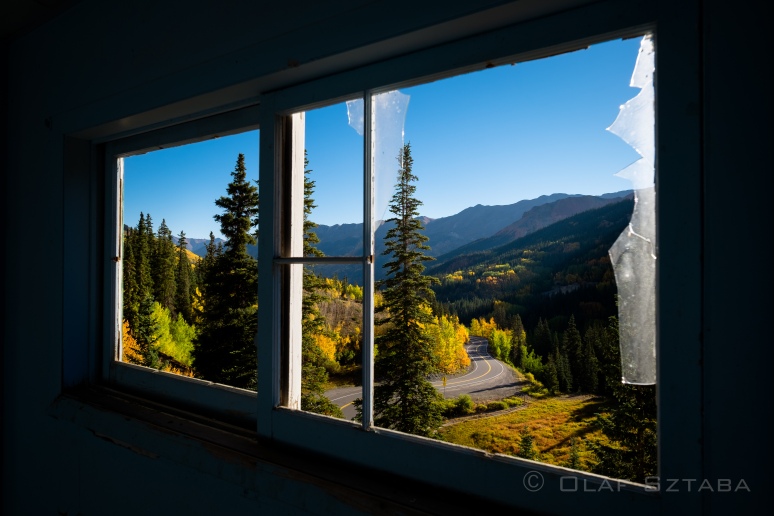miXed zone: X-PRO2 wishlist (with POLL) :: X-T10 Vs. E-M5 Vs. A6000 shootout :: 90mm Reviews and more!
X-PRO2
henrysmithscottage made an X-PRO2 wishlist. Go trough it here, and then feel free to vote the Poll I made out of henrysmithscottage‘s wishlist.
You can’t get enough, here is what 10 Faithful X-Pro1 Users Would Like to See on the Fuji X-Pro2 at mirrorlessons.
X-T10
USA: AmazonUS / BHphoto / Adorama EU: AmazonDE / AmazonUK / AmazonFR / WexUK / PCHstore / AUS: Camerapro
X-T10 vs E-M5 II vs a6000: Mirrorless Shootout at Tony Northrup youtube / X-T10 review at kenrockwell / Review at pcmag / Review at the Spanish site quesabesde (translation) / Review at donsphoto / Fuji X-T10 detailed hands on review at Maarten Heilbron youtube / Fstoppers Reviews the Fujifilm X-T10 at fstoppers /
XF90mmF2 WR
USA: AmazonUS / BHphoto / Adorama EU: AmazonDE / AmazonUK / AmazonFR / WexUK / PCHstore / AUS: Camerapro
Fujinon XF 90mm: Initial impressions from a most impressive lens at imaging-resource / Fuji XF 90 mm – Thoughts and a brief Review at jonasjacobsson / Images From The Fuji XF 90mm at findingrange /
Fujifilm X-T1
Ode to Old Hollywood at michellegeorgephotography / Why I Sent Back The Fuji X-T1 For An Olympus OMD-EM5 II at Spyros Heniadis youtube / A photo every day nearly three years now taken with the X-T1 and shared at dave-hileman / Best Mirrorless Camera for Travel: Fuji X-T1 at adventurouskate / Mischkah Scott in Spain – nsfw – Fuji X-T1 with primes at prophotonut / Ten Days on The (Sandy & Wet) Road with the X-T1 System at xshooters / Tips for using Fuji’s XT-1 in a corporate setting at whitecubestudios /
X100/S/T + TCL/WCL
A Pain That I’m Used To at x100c / Why I love my Fujifilm X100S at kenlyonsphotography / X100: Last Light of Day in Edinburgh at macleancomms / Hitting the Streets with my X100s at nathangilmer / Daily Adventures with the Fuji X100s at mattmccordphotography / A Quick Trip with the Fuji X100 at colinnichollsphotography /
other X-series cameras
Fuji X-A2 Field Test Part II: Testing performance and going beyond the kit lens at imaging-resource /
Lenses
X-mount lenses
Fuji 16-55mm review and vs 18-55mm at Lukas Gisbert-mora youtube / Why I Swapped the Fujifilm XF 18 for the XF 18-55 at rivalsvs / Architectural Fine-Art in Frankfurt with the Fujifilm XF 16mm f1.4 at bjornmoerman / Some pictures taken with the XF 56mm F1.2 at olneyphoto / Another Look at the Ultra Wide Fujinon Zoom at macleancomms / 50-140 review at focus-numerique (translation) / Ash Hill House with the Fujinon 14mm f2.8 at lensedbyoliver / Portrait classique au Fuji 16-55mm at massofocus (translation) /
Travel X / Switch to the X / Fuji X for Weddings
image courtesy: olafphotoblog
On The Road with the X-series at olafphotoblog / Goodbye Leica – Hello Fuji at luminous-landscape /
Jpeg / RAW / Converters
Fuji X JPEG Only iPad Workflow – Refined at hendriximages /
a bit of everything
Pin Up Girls + Hot Rod! A Fujifilm Workshop In Singapore. Image courtesy: ivanjoshualoh
It pays to always have a camera with you at aboutphotography-tomgrill / Paris Street Photography at ianmacdonaldphotography / Using the Fujifilm X-Series to Document Family Life at f16.click / Cuban X-Shooter Arien Chang Castan documents life on Cuba at arienchangcastan / My 3 Years With Fujifilm X-Series Cameras And Lenses at bradleyhanson / The Gap Between Making and Processing Photos at andrewsgibson /
Photographs of Angel, who is currently living with Stage IV Breast Cancer. Images on facebook and at donaldmfallsphotography. Shot with Fujifilm X-T1, and mostly Rokinon 85mm T1.5 Cine (EF) and Super Macro Takumar 50mm f/4 (M42) by using EOS-FX ZY Optics Lens Turbo II (Focal Reducer). For the Super Takumar, Donald used M42-EOS adapter in order to adapt it to EOS-FX Lens Turbo II. His lighting was just simply Godox products, Godox QT-600, Godox V850 and FT-16s remote trigger.





